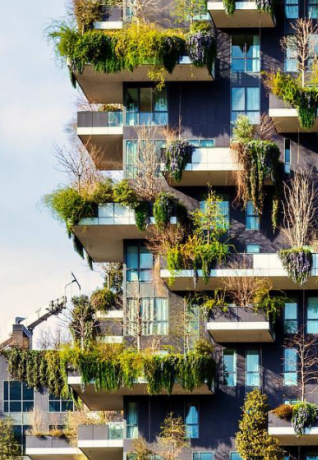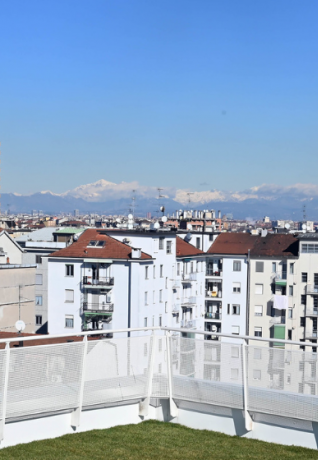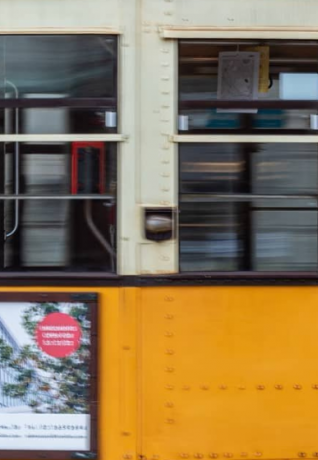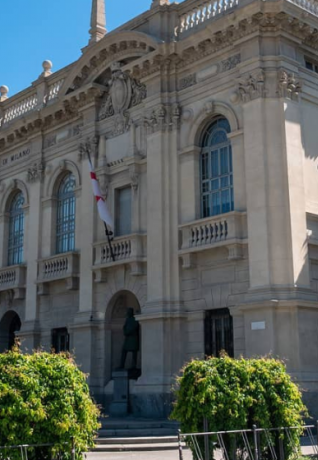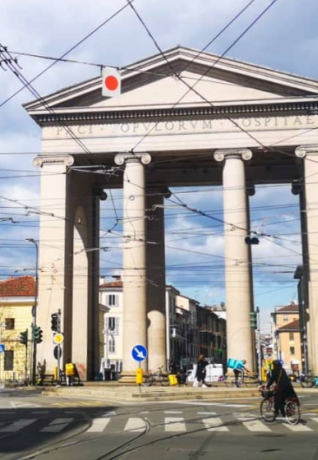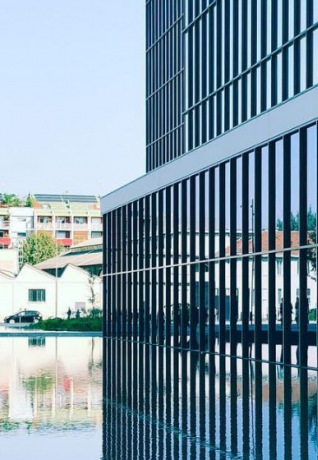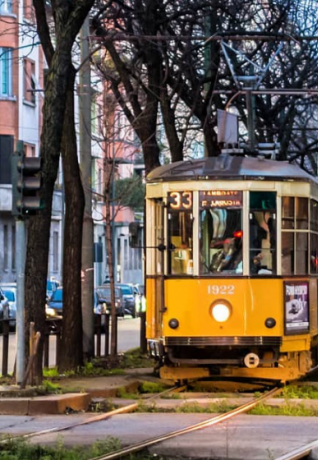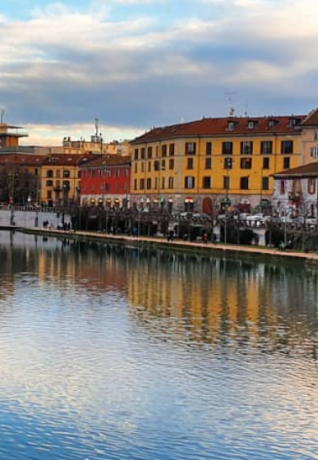YESMILANO WIRE, UPDATE APRIL 27TH 2021
This week: restaurants open at lunch and dinner; the 15-minute city reduces traffic congestion; Milano maps what’s underground
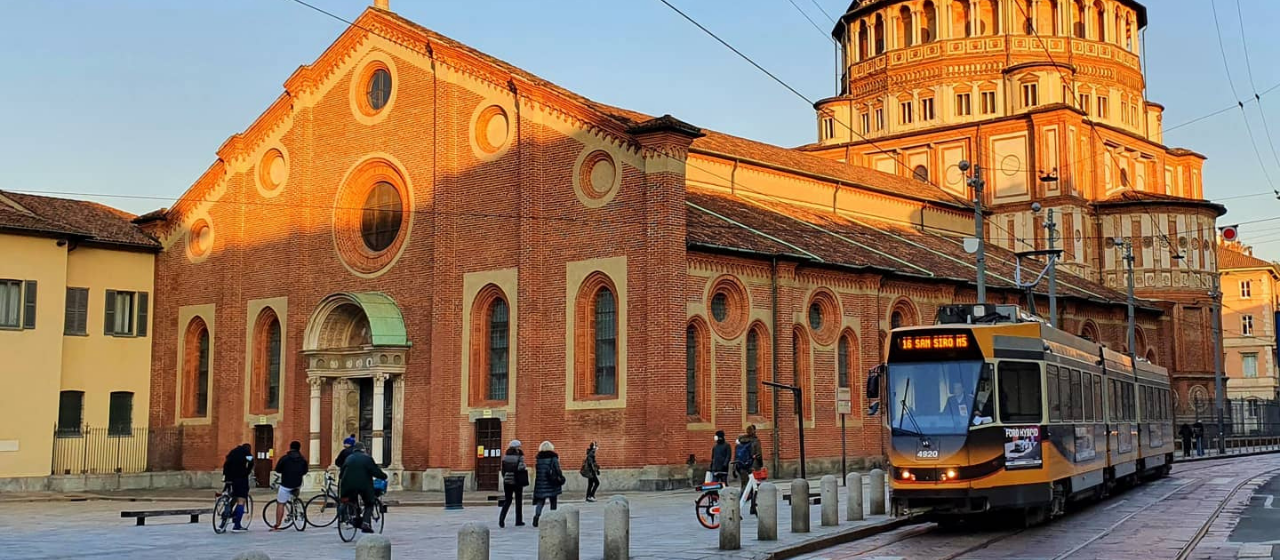
This week, 3 news items on the upcoming future of Milano and its metro community.
Milano is now in the yellow zone, which means that bars, restaurants, museums, cinemas, and theaters are again open for business.
A fresh new air of renaissance and rediscovery is traversing the city.
The celebrations for the Liberation (25 April) were unusually festive and widespread.
Still masked and distanced, but determined to reconquer urban space and public leisure, this is the mindset of the Milanese. In particular, outdoor dining and drinking is permitted while seated until 10pm, which means that anybody in Milano can finally go out to dinner.
Where will you celebrate your first supper?
From starred restaurants to pizza takeouts, Milano has everything to make your mouth water.
Start with an early aperitivo!
The National, the English-language newspaper based in the capital of the United Arab Emirates, Abu Dhabi, has devoted much space to Milan’s environmental transition.
It illustrates the 15-minute city approach, whereby Milan wants to create neighborhoods, where people can meet most of their needs within a short walk or bike ride from their homes, instead of travelling by car.
Researcher Chiara Bresciani, of the Municipality of Milan’s Department of Transportation, is quoted as saying that Area C, the congestion charge that car and van drivers have to pay to enter “cerchia dei bastioni” (the circle of old gates and ramparts that delimits the center of Milan) has reduced motorized traffic by 40 per cent.
Ms Bresciani says that the goal of the 15-minute city is to reconnect people with local neighborhoods and decentralize city life: “This vision of the city allows people to safely choose an active mode to reach their destination, which can be services, groceries, retail or co-working spaces. This will help to reduce unnecessary travel across the city to provide more public space, inject life into local high streets, strengthen the sense of community, promote health and well-being and improve city sustainability and liveability.”
The Municipality has developed a mapping tool that combines newly digitized information about cables, pipes and other critical infrastructure that runs beneath the city’s streets, and surface-level geospatial data about the built and natural environments.
The digitization of underground utility data is important to preventing serious damage and delay caused by excavation and construction works.
It also enables the city administration to plan more effectively for the impacts of climate change and execute more efficiently public works.
Information about underground infrastructure was difficult to access for security reasons, because of the distributed ownership of services across many providers.
Now the Municipality is collecting and digitizing all public and private data about the subterranean city and bringing it all together on a digital mapping tool, complete with layers of surface-level information.
Milan is among the first cities in the world to provide a complete digital picture of the urban dimension below ground.

 Log in
Log in
